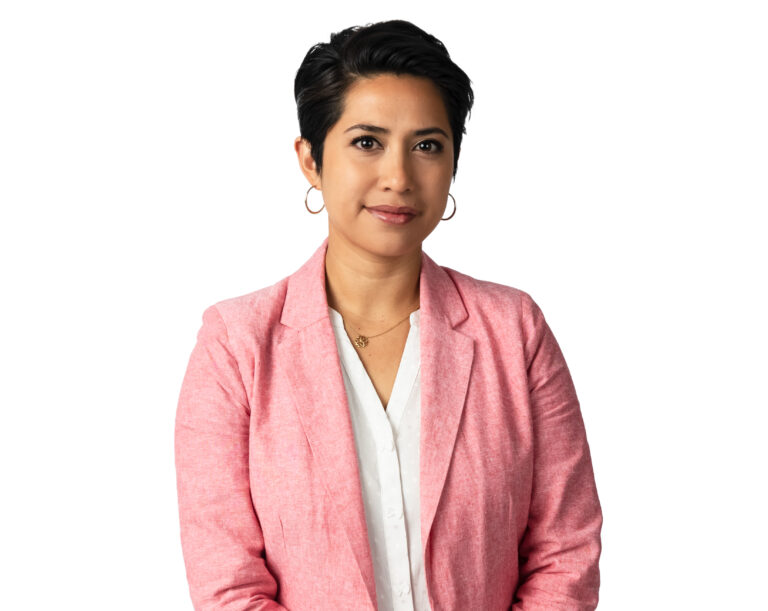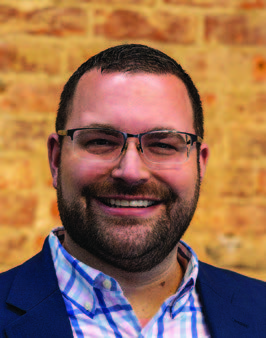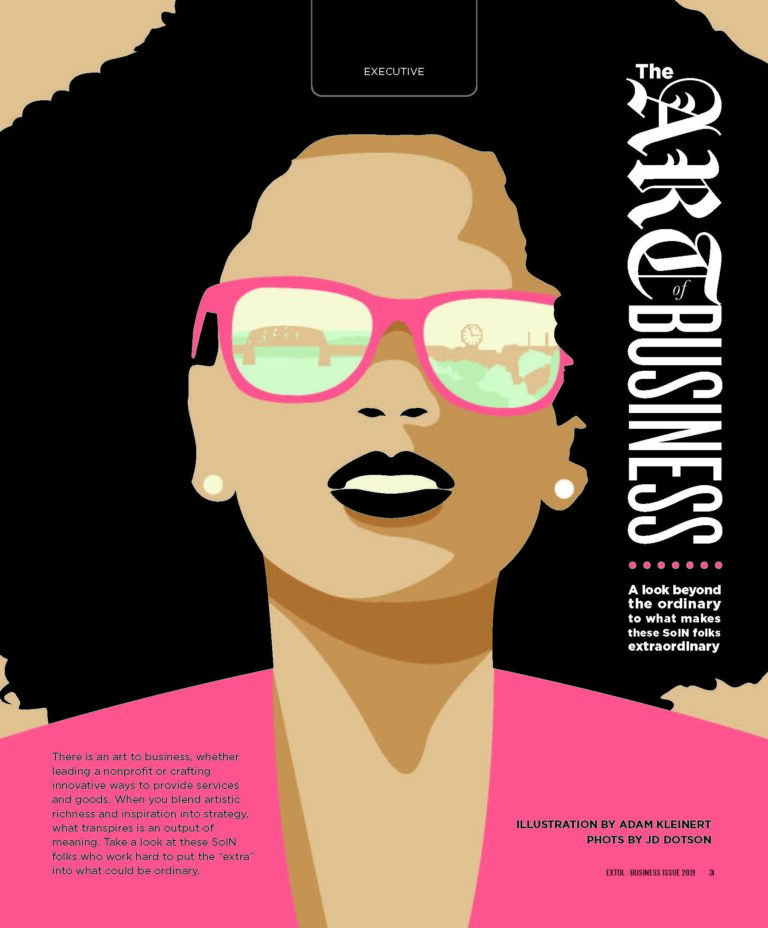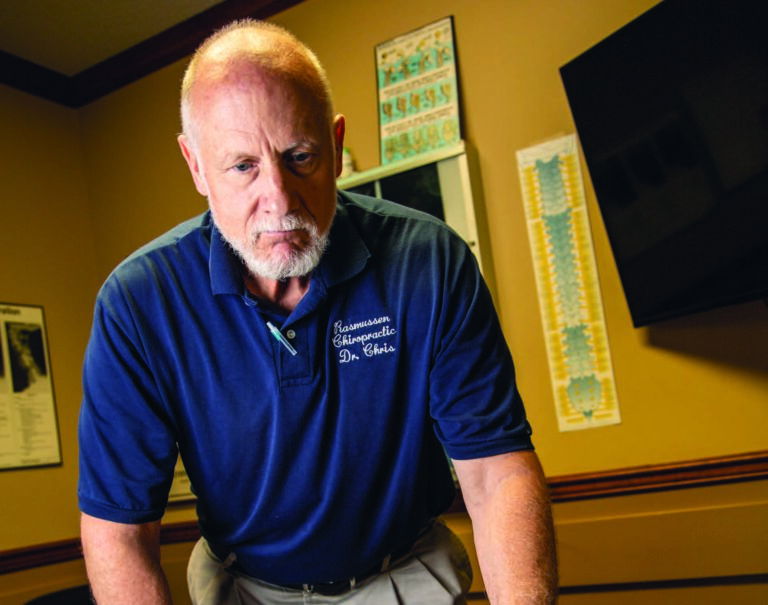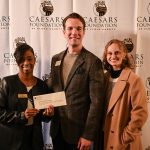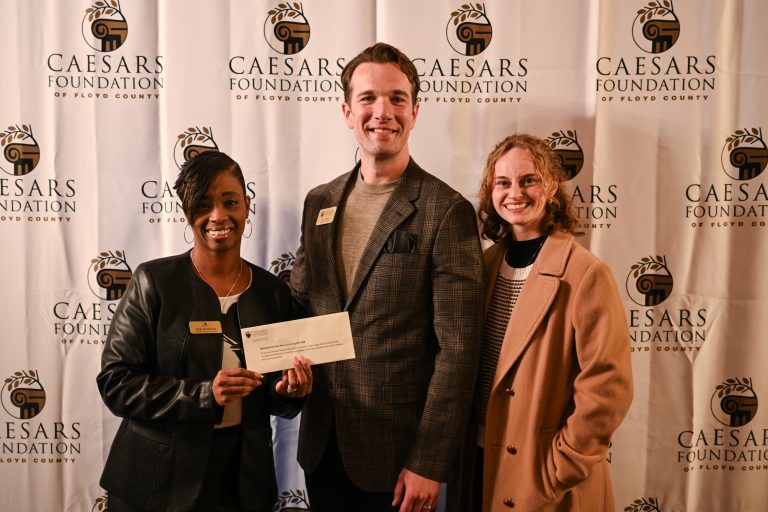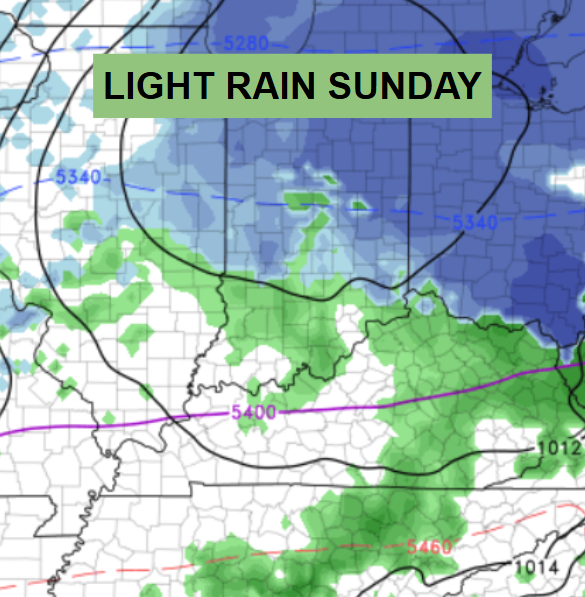
Purdue Polytechnic has installed a phone booth in its New Albany campus building that dials up the future of experiential technology
By Steve Kaufman | Photos by Danny Alexander
A project by two Purdue Polytechnic Institute New Albany professors to harness virtual reality (VR) as a teaching tool has turned into a compelling attraction in the school’s lobby on Charlestown Road.
The VR adventure they provide for the building’s visitors, using an Oculus Rift headset and a menu of content options, is pretty cool by almost any generation’s adoption of the term.
But the device itself goes beyond cool. The two forces behind the project – Rustin Webster, assistant professor of mechanical engineering technology at the school, and Richard Kopp, associate professor of computer graphics technology – found an old wooden phone both, likely from inside a restaurant, at Joe Ley Antiques on East Market Street in Louisville.
“Because VR can be disorienting, we needed an enclosed environment with a seat so people wouldn’t lose their balance and fall,” Webster explained.
There was work to be done on the old booth. “We painted all the wood, did a lot of brushed aluminum trim treatment, silk-screened the windows, put chrome plating on the floor and ceiling and applied white subway tiles to the inside,” said Kopp.
Then Kopp’s computer graphics students provided imagery to turn an old phone booth into a 21st century movie theater experience. The exterior graphic, developed by Kopp’s students Ben Durcholz and Bailee Kruer, blares, in movie poster art and melodramatics: “NOW SHOWING – VIRTUAL REALITY – EXPERIENCE OTHER WORLDS.”
It was truly an interdisciplinary student effort. “We hired students interested in developing code for VR,” said Webster, whose familiarity with the technology goes back to his work with a military contractor in Alabama trying to integrate VR into Army training and education programs.
“We also needed software developers, digital asset developers and people to provide texting, lighting and audio.” The booth was placed in the school’s lobby, heavily trafficked not only by students and school personnel but also by workers and visitors to the private business offices that occupy some of the building’s upper floors.
The hope was that people would be attracted to the booth and feel invited to go inside and “experience the experience.”
“Oculist Rift comes with a lot of free, pre-programmed software built in,” said Kopp, “so anyone can pick and choose almost anything they want to do.” Primarily, he said, it’s the world of video gaming in 3-D.
But gaming, or some other form of entertainment, is not the endpoint for the two educators. They want to improve the technology enough to make VR a viable educational tool. “Research shows there’s a big increase in learning and retaining content when the process is interactive,” Kopp said.
“There are too many passive-learning lectures in the world,” agreed Webster. “Part of my research at Purdue Polytechnic Institute is figuring out how to get VR into a classroom and replace ‘death by PowerPoint.’ ”







